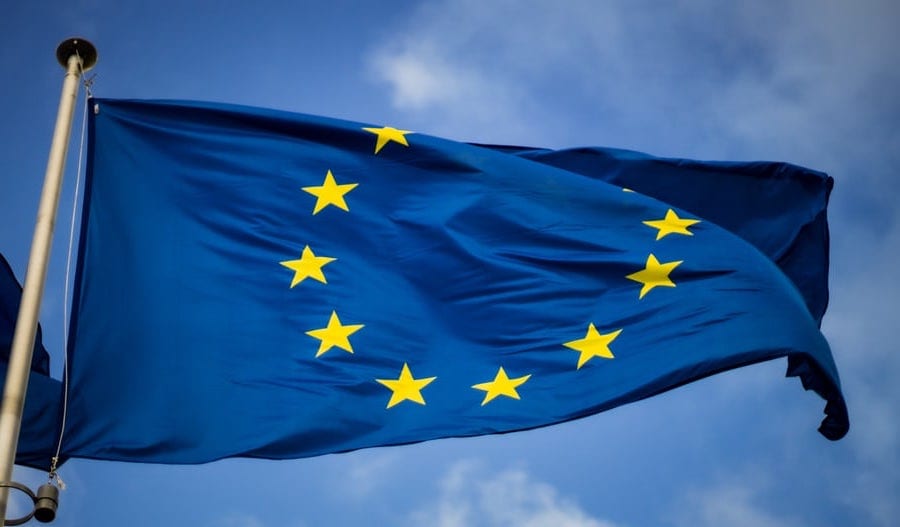As the Covid vaccinations gain traction and the world starts to look beyond lockdowns and PCR tests, focus is turning to recovery from the massive economic fallout the virus has created. The EU, for its part, is about to roll out the biggest stimulus package the coalition has ever seen.
Most of 2020 was consumed by the Covid pandemic and the health implications that continue to affect thousands worldwide. But as vaccinations to combat the virus bring hope that the nightmare is coming to a close, countries are turning from health considerations to financial ones.
Many who were perhaps untouched by the actual disease have been impacted by the fallout in other areas such as job losses, steep drops in value of financial portfolios and closures of businesses.
In order to offset some of these developments, the European Commission, the EU Parliament and EU leaders have agreed on a €1.8 trillion recovery plan that not only hopes to jumpstart the economy, but also create a “modern and more sustainable Europe” through greener practices and digital incentives.
Over 50% of the allocated funds from the EU’s long term budget, which has been coupled with Next Generation EU, the temporary vehicle being used to facilitate recovery, will be going toward modernisation. The channels include research and innovation via the Horizon Europe Programme, fair climate and digital transitions through the Just Transition Fund and the Digital Europe Programme, and preparedness, recovery and resilience using the Recovery and Resilience Facility, rescEU and new health programme EU4Health.
Next Generation EU will offer €672.5 billion in loans and grants to support reforms and investments undertaken by EU countries with the aim of mitigating the economic and social impact of the coronavirus pandemic and “make European economies and societies more sustainable, resilient and better prepared for the challenges and opportunities of the green and digital transitions.”
The package also looks to change perspectives using more up-to-date philosophies and methods for agriculture and cohesion methods. Fighting climate change is also high on the agenda, with 30% of the money going towards initiatives in this arena. Finally, the programme aims to tackle gender equality and the protection of biodiversity.
The budget will be financed through various tried and true sources such as customs duties, VAT contributions from member states and funds given based on a country’s gross national income (GNI). As of 1st January 2021, a national “contribution” based on non-recycled plastic packaging waste was also introduced as an alternative income stream. In addition, the EU will borrow on the markets at favourable interest rates.
Later in the year, income sources linked to the environment will be added. By June, there will be a carbon border adjustment mechanism, a digital levy and the implementation of an EU emissions trading system.
Even later down the line, by June 2024, the EU proposes funding streams that will come from a financial transaction tax, corporate sector contributions, and a common corporate tax base.
Photo by Christian Lue, source Unsplash
What will the EU’s recovery look like?
